Lens review: Trioplan 100mm f/2.8
My favorite adventure in photography for the past year or so, has been to explore vintage lenses. Many of these lenses render the background in an interesting or unusual way which makes them appealing in helping to create a distinctive look to your photography. A recent purchase was the Trioplan 100mm f/2.8 lens (affiliate) for use with my Sony A7ii camera. The Trioplan 100mm f/2.8 is well known as the ‘soap-bubble bokeh’ lens. Created by the Meyer Optik Görlitz company, it gives perfectly spherical circles in the background when used in the the right situation. Meyer Optik has seen a resurgence in recent years, releasing various of their classic lenses again, updating them with Schott glass for increased contrast and better color rendition. The Trioplan 100mm f/2.8 is a manual focus lens which has a 15-blade diaphragm which helps in creating that unique bokeh. For this review of the Trioplan 100mm f/2.8 lens, I met up with Anastasiya in Times Square in the early evening.
Most of the examples of photos with this lens that I have seen online, has been of flowers and things in a garden. When the subject is close-up, and the background has pin-points of light, then the high-lights in the background become perfect spheres. This lens really has an unusual bokeh. But since this was winter still, there were no delicious details in the garden to be photographed. Instead, I wanted to see what the lens does when used as a more usual portrait lens.I haven’t seen many portraits online with this lens, which made me curious about it.
Times Square is awash in ever-changing colors with the huge number of billboards constantly changing their displays. Watch what happens to the Times Square night-time background – it becomes a pastel wash of colors. The light on Anastasiya was all available light from the billboards. There weren’t many pinpoints of light, so the background doesn’t show as many perfect circles as this lens is capable of when used with specific intent.
Initially I was a little disappointed because I couldn’t get those bubbles of bokeh in the background. You will have to Google ‘ Trioplan 100mm bokeh’ to see these kinds of images. We didn’t quite get them here because of our working distance, and the distance of the background. But just look at the photo here how the highlights, and the car (to the left) and the barrier (also to the left), is rendered. There is a certain painterly quality to this. Click on this photo (and the photo at the top) to see a larger version of this photo. It really needs the larger photo to see how splendiferous the background looks!
When I stepped a bit further back to get a longer working distance to Anastasiya, the background (as expected) becomes slightly less out of focus.
Look what happens here to the background – slightly more detailed, but still with that impressionistic appearance of the background.
Moving away from the center of Times Square to one of the side streets, we looked for possible pin-points of light. We didn’t quite get that, but I still liked the results we got with larger neon light sources in the background.
You can purchase the Meyer Optik Görlitz Trioplan 100mm f/2.8 via these affiliate links:
B&H: Canon | Nikon | Sony | Fuji
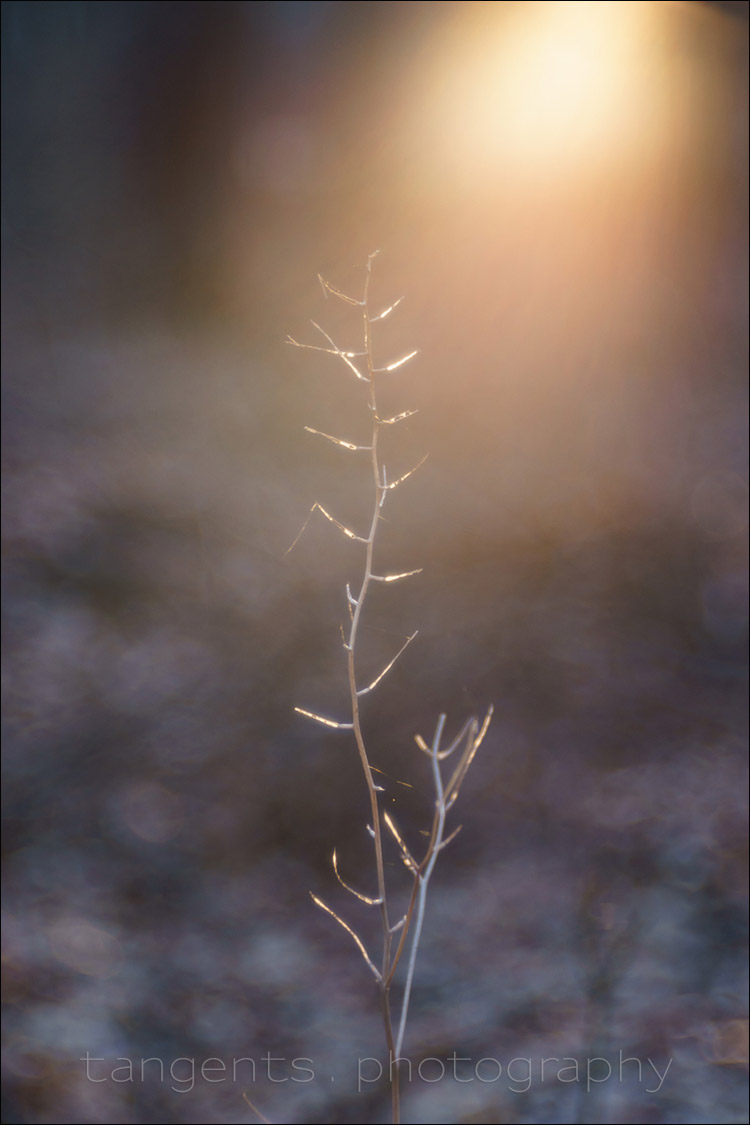

Initial test shots with this lens in the garden and a nearby forest, as the sun was setting through the trees and leaves.


Playing with this lens in Times Square while photographing Anastasiya, I realized why I haven’t seen many good portraits with this lens … which still shows the ‘soap bubble bokeh’. That effect is maximum when the lens is at the closest focusing distance – and then a portrait of someone means their face nearly fills the frame … and you don’t see much of the bubble-background. The further your subject steps away, the smaller the bubbles appear, until at some point, the lens just renders the scene like a more usual 100mm lens.
Here for example are the same neon lights shot from the same distance, but with the camera focused to different distances. In the top image, the camera was at the minimum focusing distance of 1.1 meters. The second shot was with the lens focused to 1.5 meters, and you can see the circles are already smaller. As you focuser further and further away, the bubble highlight start disappearing.

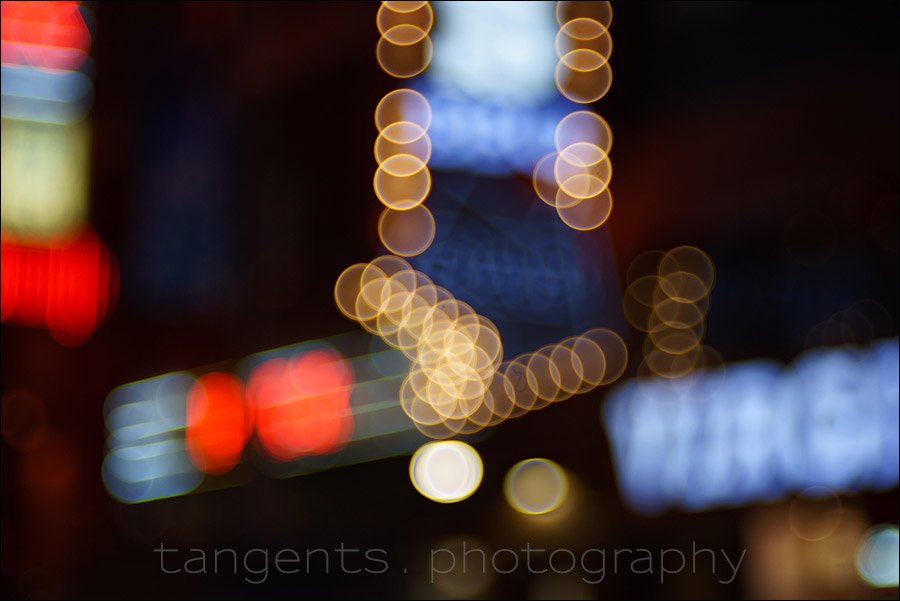
Summary
When I first started researching interesting classic optics, I was immediately fascinated by the Trioplan 100mm f/2.8 lens. The bokeh of this lens was eye-catching and unusual. With this initial photo session with Anastasiya, I was at first mildly disappointed that the lens’ bokeh effect was best achieved at specific settings with regard to distance. But then I saw the images we created, and I fell in love with the effect. That painterly quality to the background really creates an unusual look in camera! Without resorting to Photoshop black magic, you can get back to the true spirit of photography – exploring your environment and being surprised. This lens brought that kind of fun back for me.
You can purchase the Meyer Optik Görlitz Trioplan 100mm f/2.8 via these affiliate links:
B&H: Canon | Nikon | Sony | Fuji
Related articles
- More articles on using vintage lenses / classic lenses
- More articles on Bokeh
- Read more on the official Meyer Optik Görlitz website
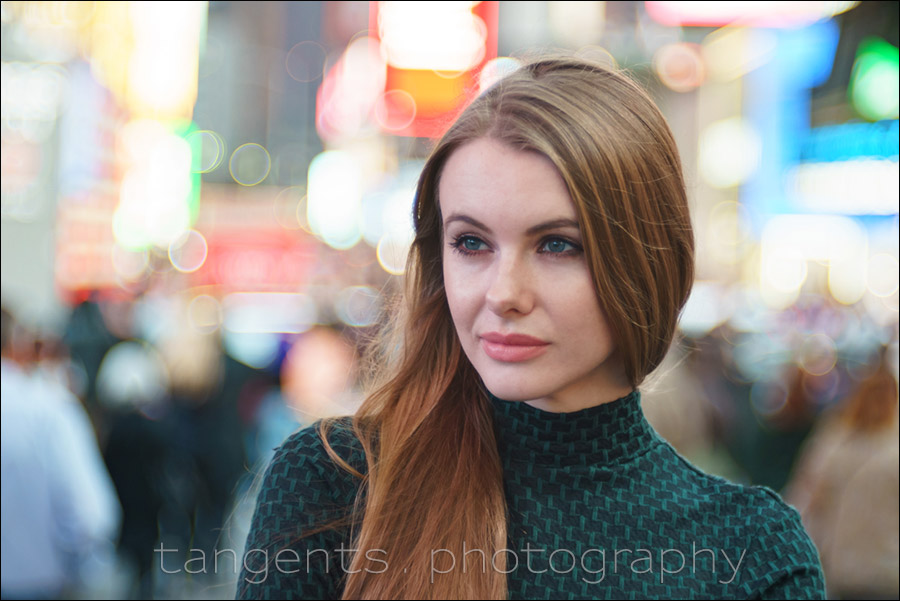
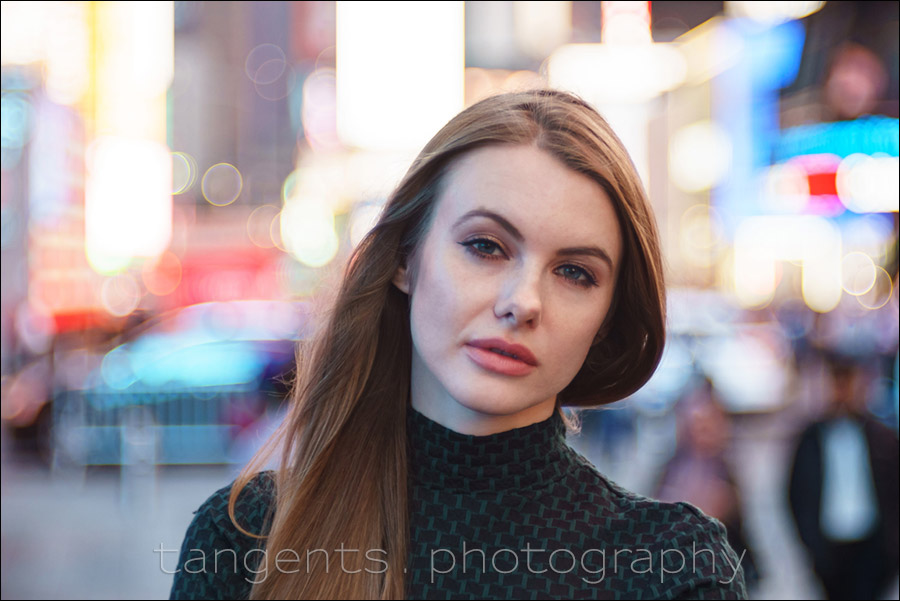
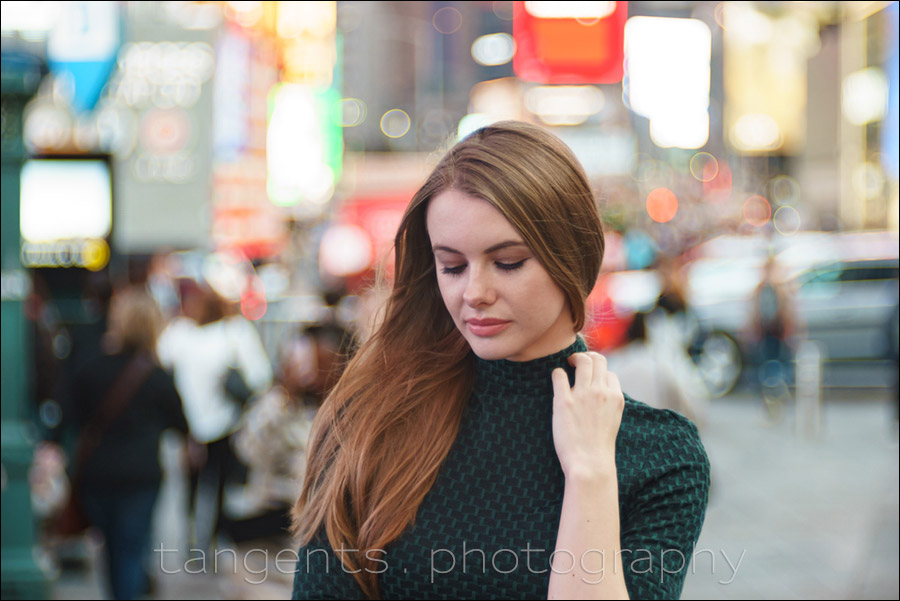


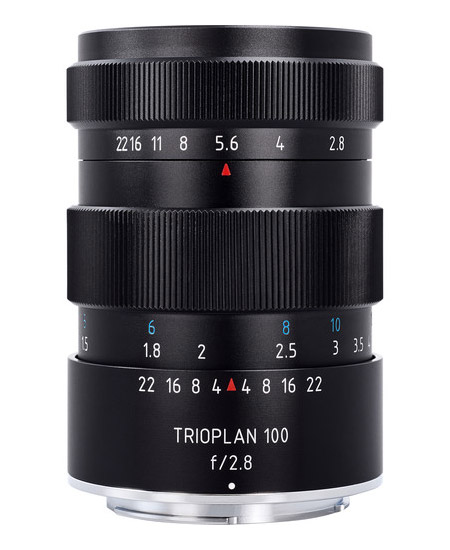
I think with lights and similar objects one could get nice effects, but for me I don’t like the look in the model’s face – seems smeared and not sharp. But that’s just my opinion. Others may like the effect.
The lens is okay in terms of sharpness, with the central sharpness being best. But this isn’t what you want to use this lens for in a way you’d use a Nikon 105mm f/1.4 …. the Trioplan is specifically for that optical quality in how it renders the scene. So you have to buy / use the lens with that in mind. It has a specific use.
Also keep in mind that we shot under constantly changing mixed light sources there – the color quality wasn’t consistent. That might affects too in terms of portraits.
Thanks for the review. I have been meaning to investigate cheap vintage glass. However, this like many other vintage lenses is somewhat interesting but ultimately unsatisfying.
CK .. there’s the dilemma. If you use vintage glass just for their specific effect – usually the way it renders the background – then that becomes just about that one thing. That one trick. And that becomes boring quickly.
You would still need everything else in place that makes a good photograph a good photograph – composition, timing of a moment, use of light. All of those elements still need to be there to make a successful photograph – and they supersede the importance of how a lens renders the background.